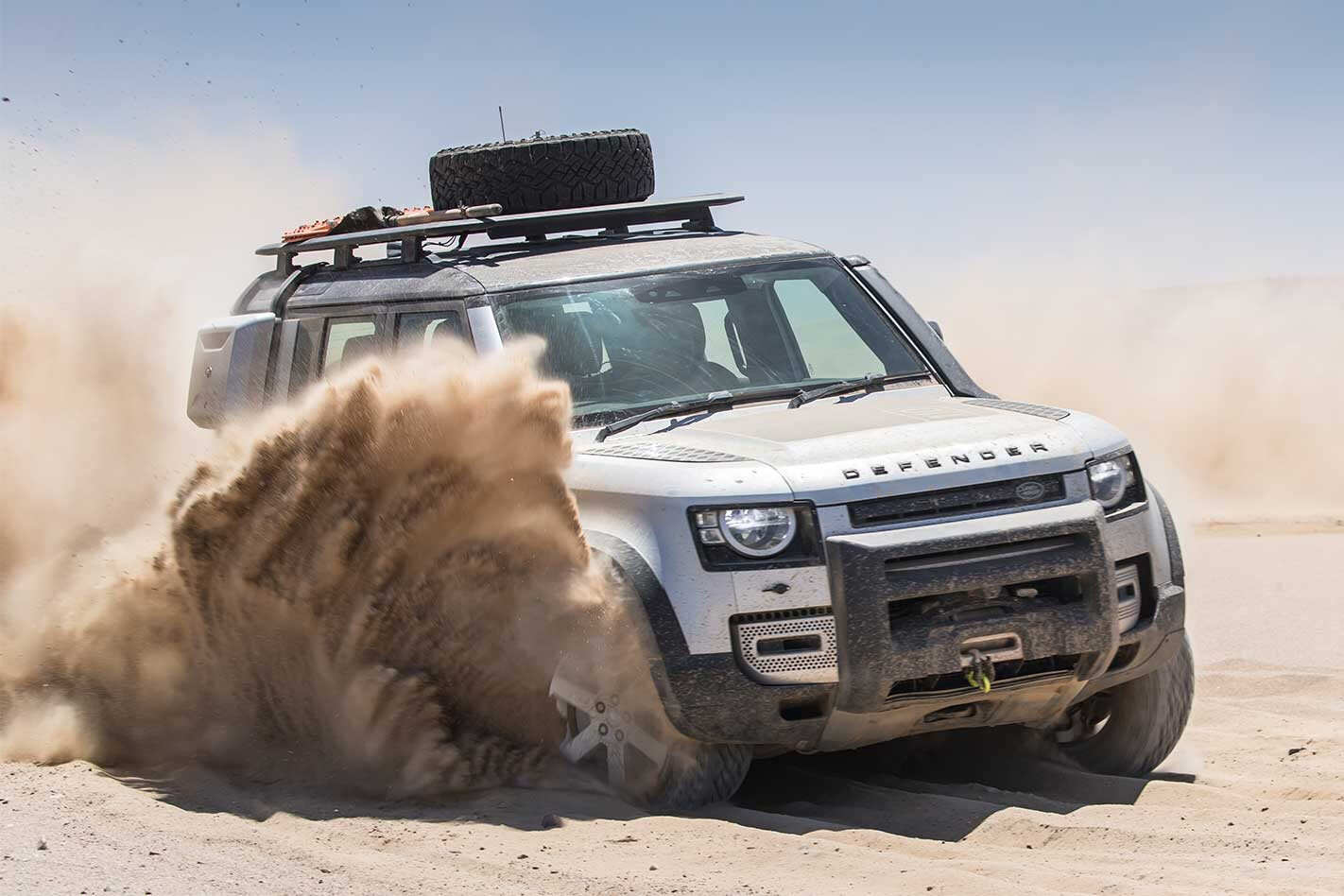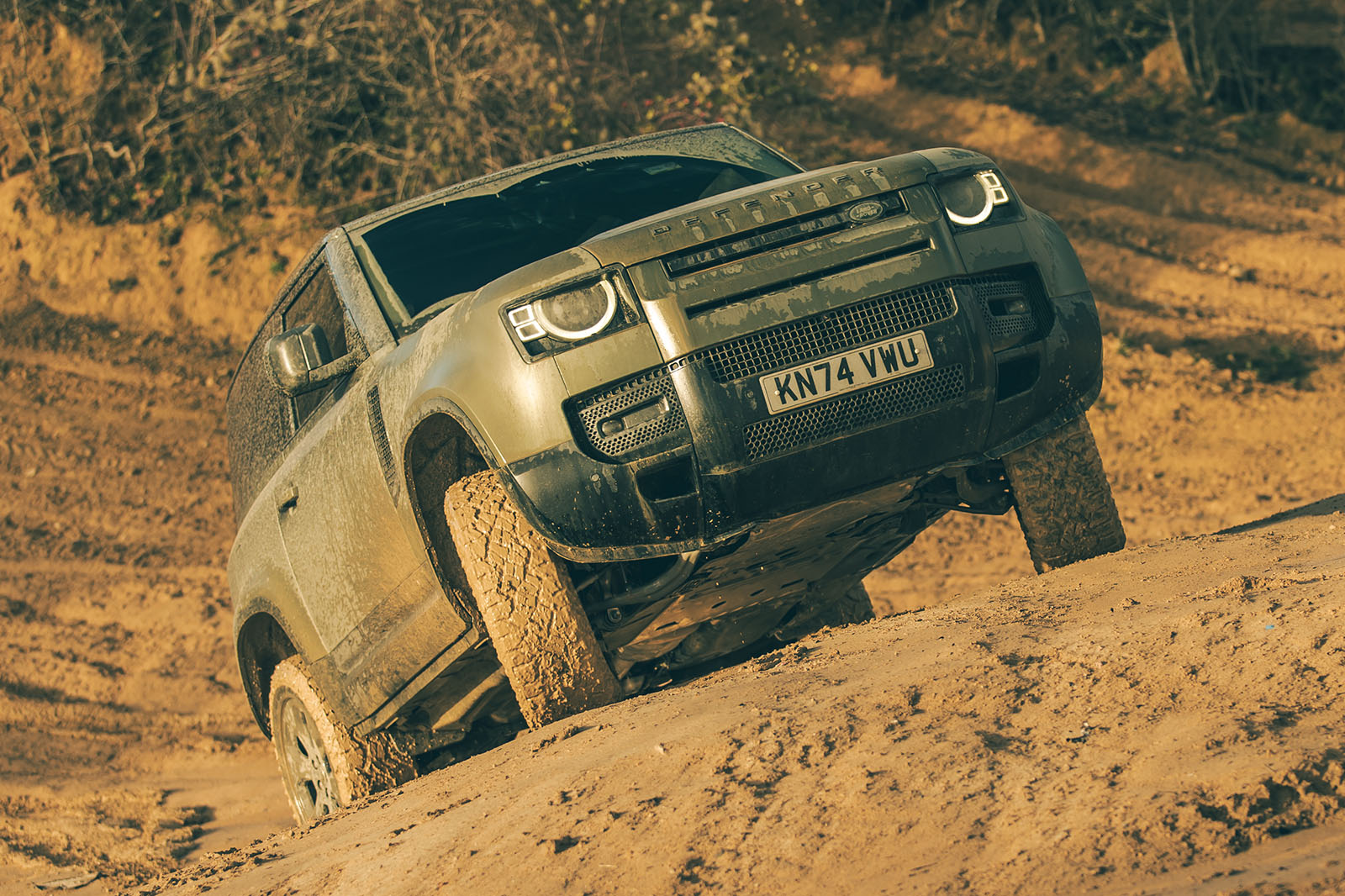nickw
Adventurer
I've said it before the exact same BS was discussed ad nauseam on the Cruiser' forums and by cruiser heads regarding the 80's, 100's and 200's, it's juvenile at best and simply ignorant at worst. Going from the 80 with it's traditional straight 6, solid axles, full float rear end, front and rear lockers to the 100 with it's V8, IFS and SF rear axle is not that far removed from what we are seeing here. Besides your personal beliefs, what makes you think Defender won't follow the same path?It means what I said, which again was "The obvious refute to this is the existence of the INEOS project". Where did I say they were destined to be a runaway success and put LR out of business? I didn't. They're attempting to build a modern Defender, because JLR's attempt is the disappointing vision of a dandy who dislikes off-roading. Will they be successful? Who knows. I'm just glad they flipped LR the bird with their trademark case.
I've said it before, the new fashion Defender will be a good option for overlanders if it is reliable and ships with 18s. However, it's still a joke in the context of being of a Defender successor. Go check out the actual Defender forums, they hate it, but they don't hate everything as so many Namibia vacationers and YouTube talking-heads would have you believe. When the new Bronco comes up in discussion, it's basically a "Hmm. Not bad. Why is LR so dumb?", not a "This is going to suck too!" It is not a community of unilateral dismissal of all modern products, but one of judgement based on common values.
Arkonik? Here we go again with the two dimensional thought.
Anyways, we don't need another "The new Pretender sucks" thread. There's plenty. This was just a response to that dumb video reviewer who can't see beyond two visions and complains that it's uncomfortable on the road.
I'd pick a new Defender 100 times out of 100 vs the Grenadier for an expedition. Ineos can put whatever engineering and thought into that product but without local dealer support and years of reliability and performance metrics, I don't see how it's viable outside of a small niche group which are what, farmers and ranchers...who won't know ****** to do with a BMW engine if it fails to start.
The Grenadier is 100% aimed at the "lifestyle" crowd, regardless of their marketing, it's who's going to buy it.
Last edited:



